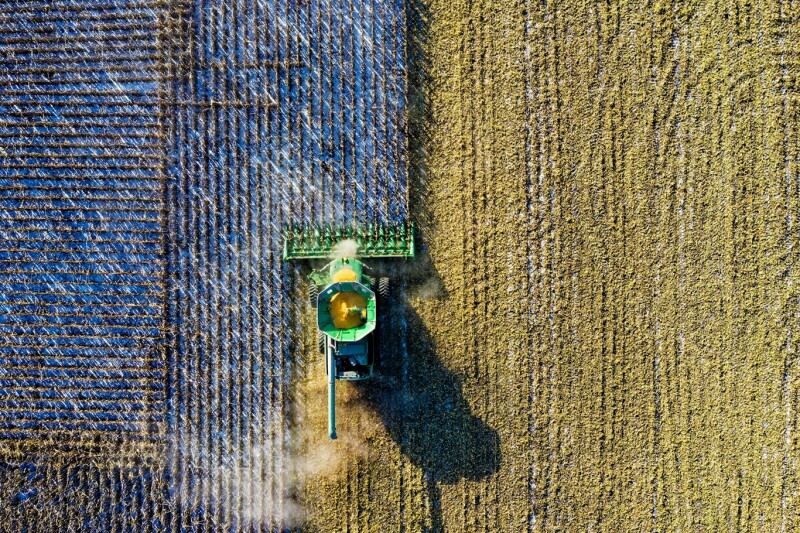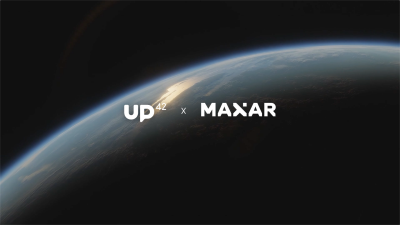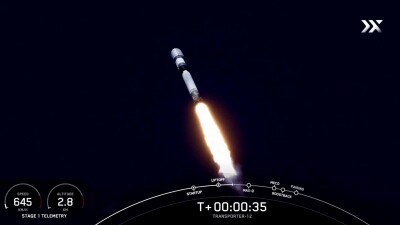On December 3, UP42 announced it had been acquired by Neo Space Group, a global space services provider based in Saudi Arabia. In a short statement on its website, UP42 CEO Sean Wiid writes that UP42 and Neo Space Group will "together build a cutting-edge Earth observation ecosystem in Saudi Arabia, benefiting key sectors like government, agriculture, energy, and tourism.”
UP42 was founded in 2019 by Airbus in Berlin, Germany, and provides a next-generation, cloud-based Earth observation platform that simplifies data access, streamlines data management, and enables imagery processing at scale. Over the years, UP42 has improved this platform to make it easier for organizations to order, access, and analyze Earth Observation data. The platform now offers 140-plus Earth observation data collections that can be accessed in different ways, including a browser-based console, an SDK, and an API.
In September 2023, UP42 announced the adoption of the universal STAC standard to describe geospatial information, which was used to expose all its raster data in a single, streamable data format, resulting in a better user experience. A robust API lets geospatial developers leverage processes such as discovering archive data, placing tasking orders, or monitoring tasking orders.
Esri ArcGIS Pro users can access data from the UP42 platform using a simple plugin. Earlier this year, UP42 announced a partnership with Planet Labs PBC, expanding its optical data portfolio by integrating Planet SkySat, the world’s largest constellation of high-resolution Earth observation satellites.
UP42 is expected to be part of NSG’s growing geospatial division, building on the acquisition of Taqnia ETS, a Saudi Arabian company specializing in geospatial services and solutions founded in 2014. Following its acquisition by NSG in June 2024, it was rebranded as NSG Geospatial Services. In July, it was announced that NSG had won the permit to provide the Earth Observation (EO) Platform Service in Saudi Arabia. The acquisition of UP42 will help NSG with providing those services.
In another recent blog post, UP42’s John Pelle looks back at the past year. He notices more orders than before, reducing delivery time automation. In addition to the partnership with Planet, UP42 complemented its data catalog with imagery from Hexagon, BlackSky, Vexcel, and Pléiades. Additionally, UP42’s welcomed its first-ever hyperspectral data partner, Wyvern.
UP42 devoted a separate blog post to explain what hyperspectral imagery is and what can be done with it. The true strength of hyperspectral imaging lies in its ability to distinguish spectral signatures with a much higher degree of accuracy than other imaging methods. Hyperspectral imagery provides more information and insight than multispectral imagery, such as determining the surface chemistry and detecting variations in surface materials that would be indistinguishable from multispectral sensor imagery.
Wyvern's Dragonette constellation is the first to market with high-resolution hyperspectral satellite image data at 5.3 meters. It's well-suited for a variety of applications, including agriculture, energy, mining, and forestry. The Dragonette constellation currently consists of three hyperspectral satellites, but Wyvern plans to add three more in 2025.






